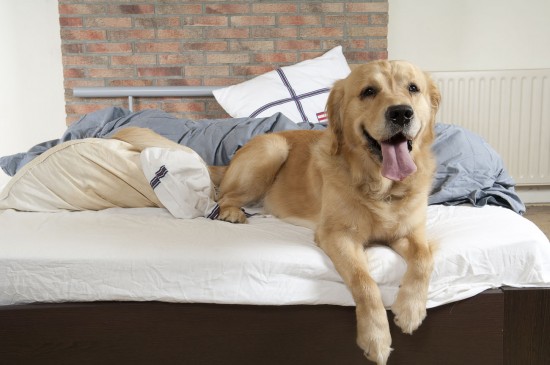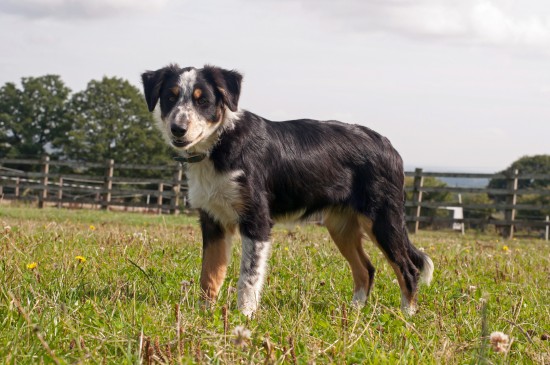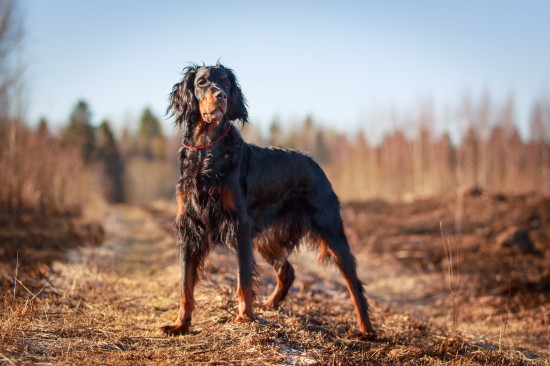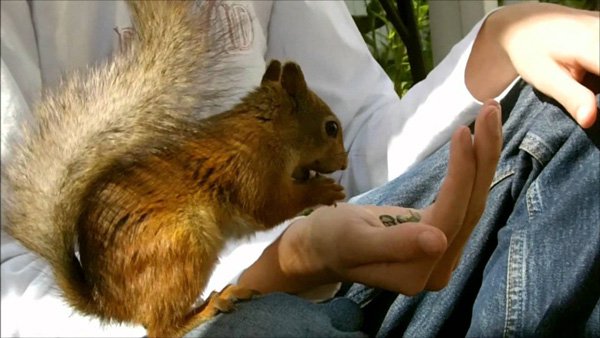
If you have recently brought a new puppy into your family, you may be realizing how much work taking care of a puppy requires, and you may also realize that it would be in your best interest to give y...
If you have recently brought a new puppy into your family, you may be realizing how much work taking care of a puppy requires, and you may also realize that it would be in your best interest to give your puppy some basic dog training. You can either train the puppy yourself or hire a professional trainer to do it for you.
As with anything, there are pros and cons with both of these methods. A trainer can become quite expensive, and you also have to transport your dog to and from the trainer's location; however, the trainer is experienced in this type of work. On the other hand, if you train your dog yourself, you have the ability to do it virtually expense free, and you can also do it from the comfort and convenience of your own home; however, you need to acquire a bit of knowledge on proper dog training before you can begin.
The three basics of dog training are quite simple. They include the commands sit, stay, and come. A helpful tool for teaching these basics is some sort of small dog treat, such as a dog biscuit. The first, and easiest of the three of these commands, is teaching your dog to sit. The best way to begin is to first choose a place that has little or no distraction for your dog, such as your living room when no one else is around but you and the dog, and the television or radio is not blaring. Then, you should simply show the dog the treat in your hand, and then hold it high above the dog's head while repeating the command, "sit," over and over again. Holding it high will force your dog to sit and look up in order to see the treat. If this does not work to make your dog sit, just gently push his bottom down until he is in a sitting position, and once he is, simply give him his treat, some head patting, and some praise. This will eventually reinforce the idea that the command "sit" is associated with a treat and praise.
The second command is "stay." This command must only be taught once your dog has mastered the sitting command. This is a bit more difficult than "sit" because your dog's natural instinct is to follow you around. Make your dog sit in once place as you gradually begin to walk away. As you walk away, repeat the word "stay" over and over again. You also must maintain eye contact with your dog, and if he tries to get up and walk over to you, simply and firmly say "no" and start the procedure over. As this is a more difficult command, it takes much more patience and time, and it may actually be helpful if you can have someone else helping you who can hold your dog as you walk away. Once your dog has learned the "stay" command while maintaining eye contact with you, the next step is to walk away without looking at your dog. The same process applies. When your dog rises to follow, simply say "no" and repeat the process. As with the sitting process, do not forget the rewards and praise.
The final, and somewhat easier command, is to "come." Once your dog has mastered the stay command while you walk away, you can teach him this final command. After walking away for a bit of a distance, simply turn to your dog, pat your legs, and very cheerfully say, "come." Your dog will almost surely follow this prompt, and when he does, give him plenty of praise and also his tasty treat. Don't forget that praise and reward are much better for you and your dog, as dogs respond much better to positive rather than to negative reinforcement. Following these dog training basics will surely leave you with an obedient and happy dog, and it will make you proud to know that you are the one who made him this way.
Article Tags: Walk Away
 Should You Let Your Pet Sleep In The Bed?
Should You Let Yo
Should You Let Your Pet Sleep In The Bed?
Should You Let Yo
 Keeping Herding Dogs Happy
Keeping Herding D
Keeping Herding Dogs Happy
Keeping Herding D
 Gordon Setter Hereditary Health And Longevity
Gordon Setter Her
Gordon Setter Hereditary Health And Longevity
Gordon Setter Her
 How To find A Luxurious Cattery For Your Cat?
How To find A Luxurious Cattery For Your Cat?
How To find A Luxurious Cattery For Your Cat?
How To find A Luxurious Cattery For Your Cat?
 Importance of Proper Training and Grooming for Your Dog
Importance of Proper Training and Grooming for Your Dog
Importance of Proper Training and Grooming for Your Dog
Importance of Proper Training and Grooming for Your Dog
Copyright © 2005-2016 Pet Information All Rights Reserved
Contact us: www162date@outlook.com